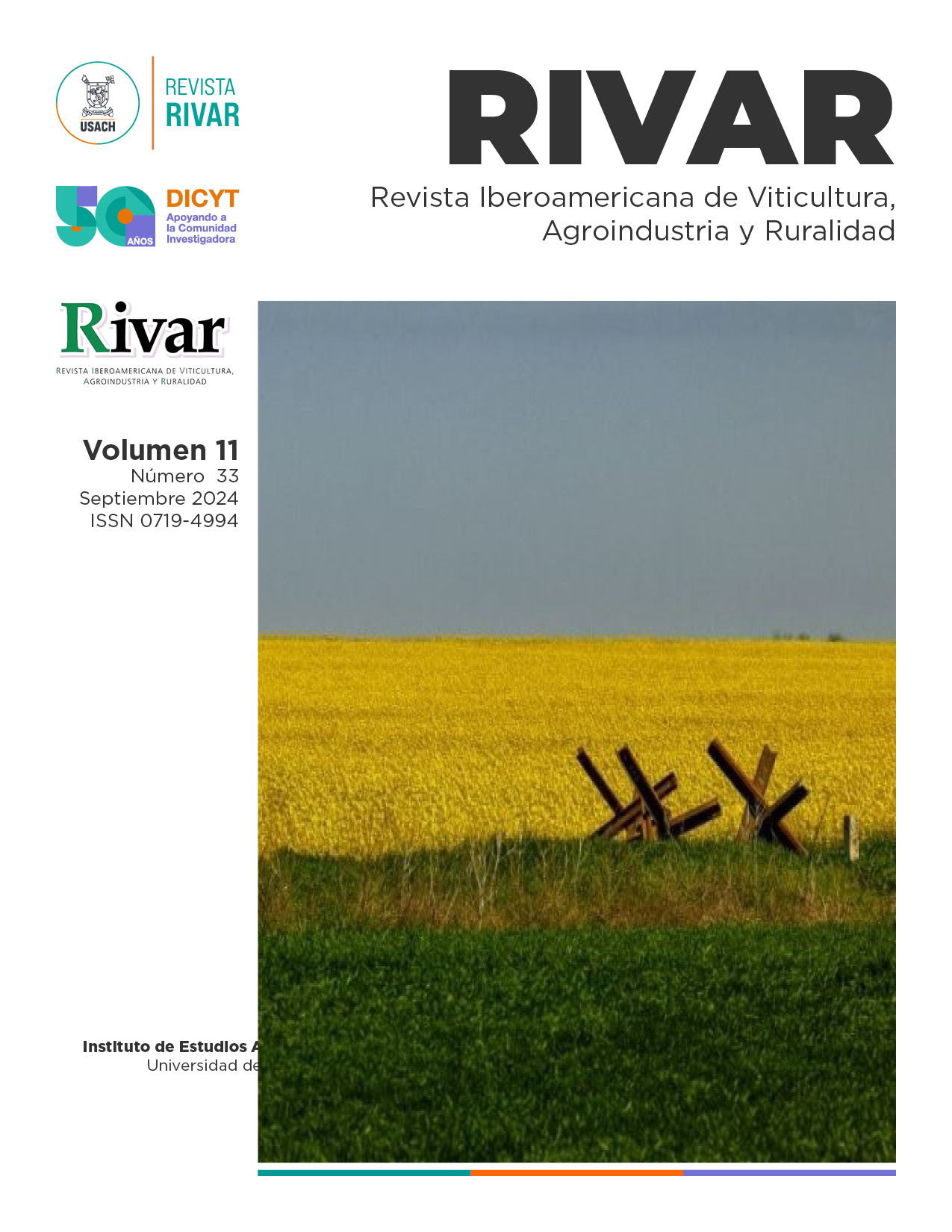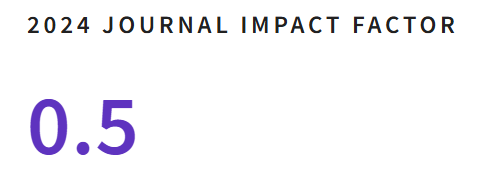Evolution of the Brazilian Consumer Market for Alcoholic Beverages in the XXI Century
DOI:
https://doi.org/10.35588/rivar.v11i33.6291Keywords:
special beers, fine wines, income distribution, production, tradingAbstract
This paper aims to analyze the consumption of alcoholic beverages in Brazil regarding the wine and beer sectors and, more specifically, fine wines and special beers as high-value-added production. It is assumed that the increase in wealth stimulates the desire for a greater variety of products and that consumption relations are essential in economic development since there is no reason to produce a commodity that will not be consumed. In this sense, to analyze consumption, it is necessary to understand the structure of income distribution, national production and its restructuring in the century, and the new strategies for marketing and selling products. In general terms, it is safe to assume that special beers and fine wines are consumed by classes A, B, and C, with differences in frequency and type of product. Moreover, companies try to meet all income ranges of the consumer market through product differentiation and different distribution channels.
Downloads
References
Barnes, T.J., Peck, J., Sheppard, E., and Tickell, A. (Eds.), (2004). Reading Economic Geography. Blackwell Publishing.
Caliari, V. (2021). Uva e vinho. In Governo de Santa Catarina, Síntese anual da agricultura em Santa Catarina 2019-2020. Epagri/Cepa.
Chandler, A. (2000). Essays for a Historical Theory of the Big Business. Getúlio Vargas Foundation.
Clark, G.L., Feldman, M.P., and Gertler, M.S. (Eds.). (2000). The Oxford Handbook of Economic Geography. Oxford University Press.
Coe, N.M., Kelly, P.F., and Yeung, H.W.C. (2020). Economic Geography. A Contemporary Introduction (Third editon). John Wiley & Sons.
Dicken, P. (2010). Global Change: Mapping the New Frontiers of the World Economy. Bookman.
Exame (2018). Como uma loja que vende vinhos de mais de R$ 2 mil cresceu na crise. Abril.
____. (2019). Bares de vinhos chamam atenção por informalidade e bons preços. Abril.
Food and Agriculture Organization of the United Nations (FAO). FAOSTAT (2000/2019). http://www.fao.org/faostat/en/#data
Freeman, C. (1975). La teoría económica de la innovación industrial. Alianza.
Guglielmo, R. (1975). A New Chapter in Geography: The Geography of Consumption and Distribution. In P. George et al. (Orgs.), Active Geography (4th ed.). Difel.
Limberger, S.C. (2016). Estudo geoeconômico do setor cervejeiro no Brasil: estruturas oligopólicas e empresas marginais. Doctoral these. Universidade Federal de Santa Catarina.
____. (2017). A emergência de microcervejarias diante da oligopolização do setor cervejeiro (Brasil e Espanha). Finisterra, v. 52, p. 93-110.
Mackinnon, D. and Cumbers, A. (2019). An Introduction to Economic Geography Globalisation, Uneven Development and Place (3rd. ed.). Routledge.
Medeiros, M.C. (2009). A geografia econômica do setor agroalimentar brasileiro: Investimento, recursos ociosos e dinâmica cíclica (1990-2007). Doctoral these. Universidade de São Paulo. https://doi.org/10.11606/T.8.2009.tde-02122009-113643
____. (2010). A geografia do consumo de alimentos e a dinâmica do setor agroalimentar brasileiro. Cadernos Geográficos, 23, 7-89.
Mello, L.M.R. and Machado, C.A.E. (2017). Cadastro Vitícola do Rio Grande do Sul 2013/2015. Embrapa.
____. (2020). Vitivinicultura brasileira: Panorama 2019. Embrapa.
Primeiro Censo das Cervejarias Independentes Brasileiras (2019). Perfil geral. Abracerva/Sebrae.
Revista da Cerveja (2013). III Campeonato Mundial de Beer Sommelier: O Brasil entre os melhores do mundo. Revista da Cerveja, II(7).
____. (2017). Amazon Beer: o exotismo que vem da Amazônia. Revista da Cerveja, V(27).
Rosa, S.E.S., Cosenza, J.P., and Leão L.T.S. (2006). Panorama do setor de bebidas no Brasil. BNDES Biblioteca Digital.
Schumpeter, J.A. (1982). Theory of Economic Development: An Investigation of Profits, Capital, Credit, Interest and the Economic Cycle. Nova Cultural.
Valor Econômico (2020). Concorrentes avançam sobre a Ambev. Globo.









